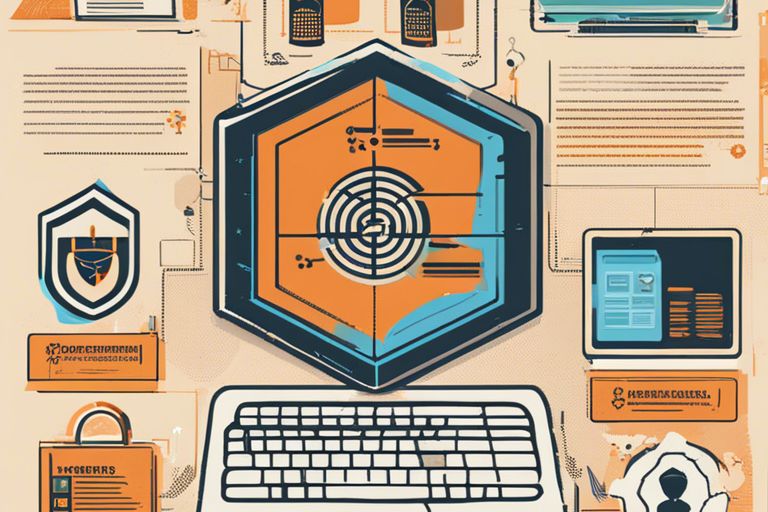Most website owners understand the importance of having a secure and smoothly running website. Cyberattacks and loading problems can not only disrupt the user experience but also damage the reputation of the site. To prevent such issues, there are several measures that website owners can take:
1. Keep software and plugins updated: One of the most common ways that hackers exploit websites is through outdated software or plugins. Regularly updating the content management system (CMS) and plugins can help prevent vulnerabilities that can be exploited by cyber attackers.
2. Use strong passwords: Weak passwords are an open invitation to hackers. Website owners should enforce the use of strong passwords for all user accounts, including administrators. Additionally, enabling two-factor authentication can add an extra layer of security.
3. Implement SSL encryption: Secure Socket Layer (SSL) encryption is necessary for protecting data transmitted between the website and its users. Not only does it enhance security, but it also boosts the website’s credibility and SEO rankings.
4. Backup regularly: In case of a cyberattack or data loss, regular backups are a lifesaver. Website owners should back up their website files and databases frequently and store them securely off-site.
5. Install security plugins: There are several security plugins available for various CMS platforms that can help detect and prevent cyber threats. These plugins can provide features such as firewall protection, malware scanning, and login attempt limitations.
6. Optimize website performance: Slow loading times can not only frustrate users but also impact SEO rankings. Website owners should optimize images, minify CSS and JavaScript files, utilize caching, and invest in a reliable hosting provider to ensure smooth and fast loading times.
7. Monitor website traffic: Keeping an eye on website traffic can help detect unusual activity that may indicate a cyberattack. Implementing tools such as Google Analytics and security monitoring services can provide insights into website performance and potential threats.
8. Educate staff and users: Human error is often the weakest link in cybersecurity. Providing training on best practices for security, such as avoiding phishing emails and practicing safe browsing habits, can help prevent cyberattacks that target unsuspecting employees or users.
By implementing these measures, website owners can significantly reduce the risk of cyberattacks and loading problems, ensuring a secure and seamless experience for both themselves and their users.



